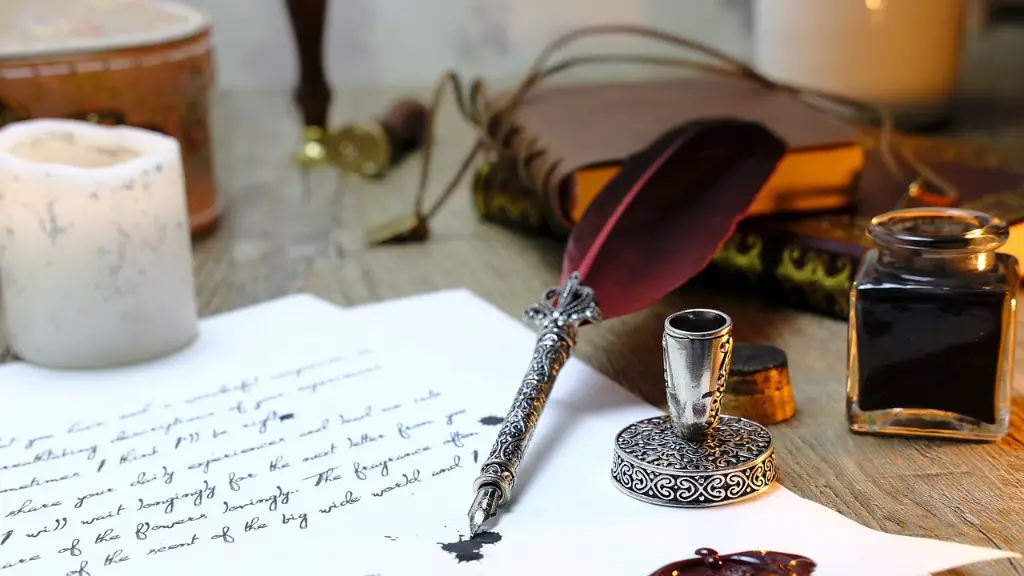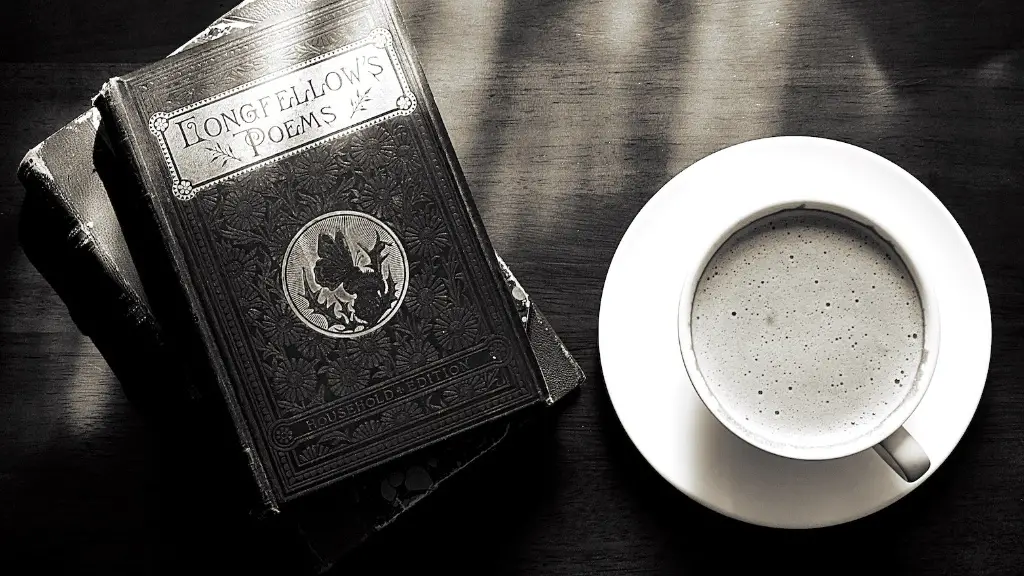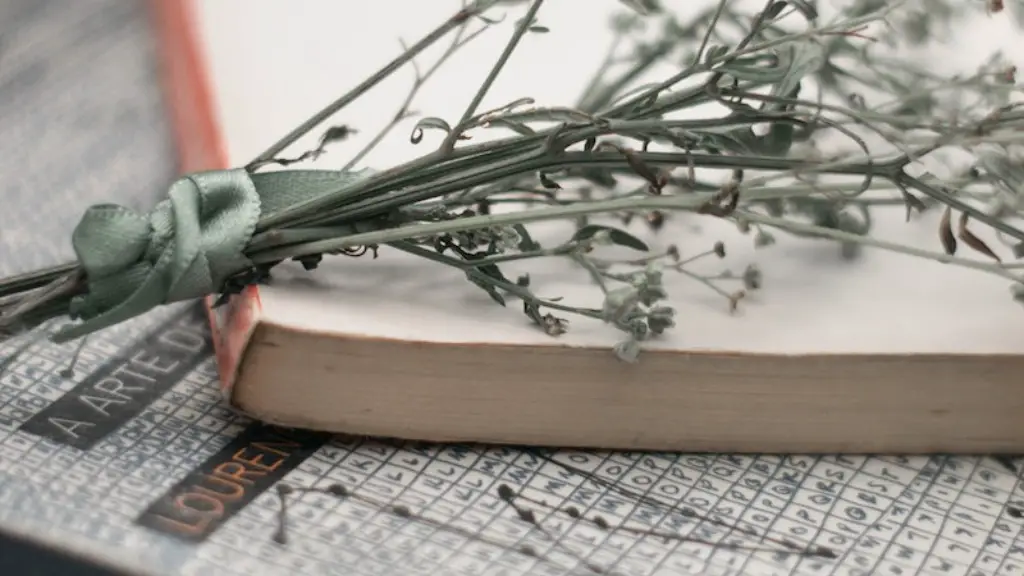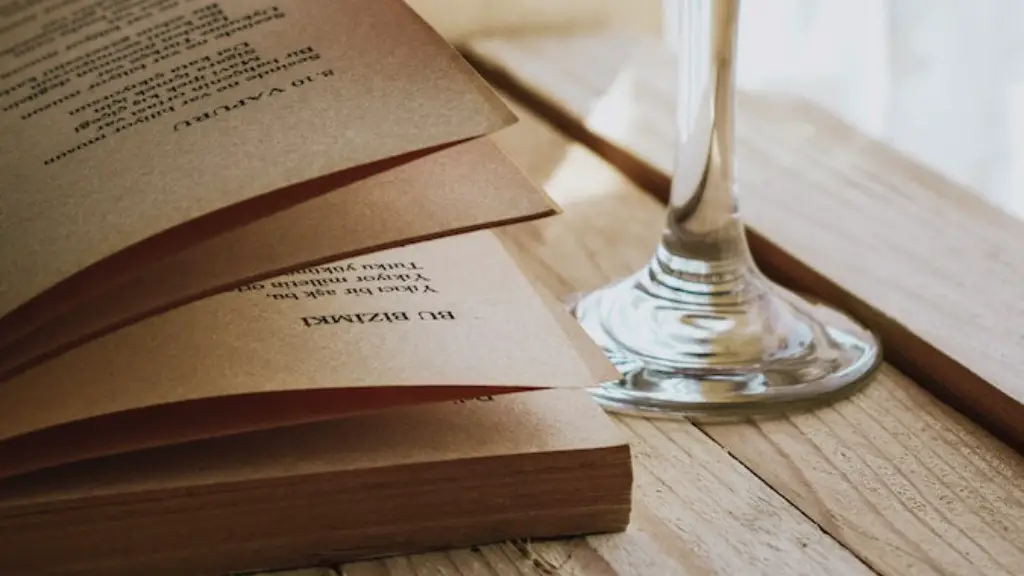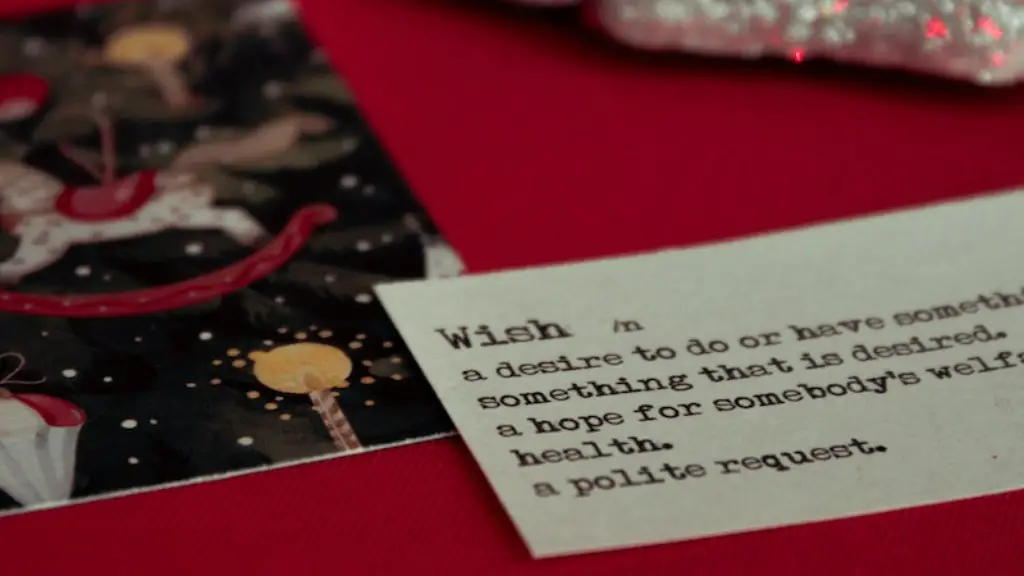Writing Process
Poetry can be intimidating to those who are just getting started. It can be difficult to get the creative juices flowing and to build on ideas when faced with a blank page. However, with a few steps, writing poetry can become a less daunting, more enjoyable task.
Step 1: Do Some Brainstorming
Before starting on the actual poem, it is important to spend some time brainstorming. Get the thoughts and ideas flowing by writing out all of your ideas and topics. They don’t all have to be related to one another, nor do they even have to be related to the poem. Writing helps to organize the thoughts, and can jumpstart the creativity and get the juices flowing.
Step 2: Find a Form for your Poem
Once you’ve finished brainstorming and have a good idea of what the poem will be about, it is time to decide on the structure. Even if you’ve decided to write a free-form poem, it helps to have an idea of how the poem should flow. Try looking at some of your favorite poets’ works and use them as examples.
Step 3: Get All Your Ideas Out
The next step is to get all your ideas down on the page. It’s important not to worry too much about making everything perfect just yet. Just try to get all the ideas down that you’d like to include in the poem. Don’t worry about the order either; it’s okay if the poem looks a bit disorganized in this step.
Step 4: Start Editing
Now that all of the ideas are down on the page, it’s time to start editing. This step includes making sure that all of the ideas fit together, that the order makes sense, and that the poem flows in a natural way. Go back through the lines and edit what doesn’t make sense, or if certain words don’t fit.
Step 5: Analyze Your Work
It is important to analyze your own work. Think about what works, and why it works. Even if you think the poem is finished, it is good to keep it around for a few days before submitting it or sending it out, as it can be tempting to jump the gun and submit it too soon.
Step 6: Proofread and Revise
Another important step is to proofread and revise. Read the poem aloud to hear how it sounds, and make sure there are no typos or grammar errors. And if needed, make any changes or revisions to the poem before submitting it.
Review Your Writing
The last but not least step is to review your writing. Read through the poem again and see if it is still relevant to the original topic. See areas where it can be improved and what works and what doesn’t. This can be a helpful step in improving the poem so that it is effective and strong.
Storytelling as Part of the Poem
Storytelling is an important part of writing poetry. Even if the poem is not explicitly telling a story, there should still be some narrative elements. Stories allow the reader to engage with the poem in a meaningful way. They help to create images that the reader can relate to, making the poem more memorable.
Making the Poem Accessible
In order to make a poem accessible to the reader, it is important to present it in a way that is easy to understand. Keep the language simple and straightforward. Use clear imagery to engage the reader and make sure to avoid overly-complicated language and terms. Make sure the words and flow of the poem fit together and make sense to the reader.
Exploring Different Themes and Ideas
When writing a poem, it can be helpful to explore different themes and ideas. This can add depth to the poem and make it more interesting. Look at different cultures, life experiences, and even music to help find different topics to write about. This will help to ensure that the poem is telling a unique and original story.
Using Similes and Metaphors
Similes and metaphors are an important part of writing poetry, as they help to elevate the language and give the poem more meaning. They help the reader to visualize the poem and create images in their mind. Be sure to not overuse them, because it can become overwhelming.
Making Every Word Count
Lastly, it is important to make every word count. Ensure that each word and phrase adds to the poem’s meaning. This can help to remove clutter from the poem and make it more powerful. If a particular word or phrase doesn’t seem to be adding to the poem, consider removing it.
Adopting New Techniques
It can also be helpful to try out new techniques when writing poetry. This could include changing up the structure of the poem, experimenting with different styles, or trying out a new rhyme scheme. Trying new things can lead to an exciting and stimulating poem.
Practicing Poetry Writing
Finally, remember to keep practicing. The more you write, the better you’ll understand the craft. Writing poetry is both an art and a science, so don’t be afraid to take chances and see what works and what doesn’t. Persevere and eventually you’ll create something that you’re proud of.
Expanding the Poem Through Imagery
Imagery is a great way to expand on a poem. Using images and metaphors can help the reader to engage with the poem. It can make the poem more vivid, and even help to evoke emotions in the reader. Be sure to use vivid and descriptive language to create imagery that will draw the reader in.
Mastering the Craft of Poetry
Writing poetry is both an art and a science. In order to master the craft, it is important to understand the different elements involved. From understanding different forms, to utilizing imagery and similes, to mastering the flow of the poem, there are many elements that make up the craft of poetry.
Connecting the Poem to the Reader
Finally, it is important to think about how the poem will be received by the reader. Consider the language used and the structure of the poem. Make sure that the poem is accessible and that it resonates with the reader. It’s important to connect the poem to someone beyond the writer.
